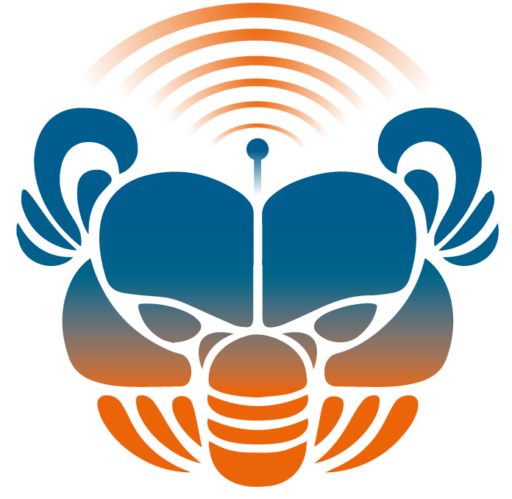The ‘virtual experiments’ (VE) framework acts on the data in order to condition the scattering phenomenon and enforce peculiar and hopefully useful properties of the unknown contrast sources (or total fields) induced in the imaging domain. This conditioning allows somehow to counteract the non-linearity underlying the inverse scattering problem.
The VE framework has opened the way to innovative, convenient and effective solution procedures. For instance, a new data-driven linear approximation has been developed [1],[8], which has an extended validity range as compared to the traditional Born approximation [2]-[4]. Moreover, effective non-linear inversion methods based on algebraic inversion formulas (as such very fast) [5],[6] or peculiar forms of regularization [7] have been proposed. Other interesting realization of the basic VE idea implies ‘Distorted’ and ‘Distorted Iterated’ VE [9],[10].
The above imaging techniques have been successfully applied in a number of application of actual interest, such as biomedical imaging, subsurface inspection, and so on. For more details, refer to the pertaining page.
- L. Crocco, I. Catapano, L. Di Donato and T. Isernia, “The Linear Sampling Method as a Way to Quantitative Inverse Scattering,” IEEE Transactions on Antennas and Propagation, vol. 60, no. 4, pp. 1844-1853, 2012. [click here]
- L. Di Donato, R. Palmeri, G. Sorbello, T. Isernia, and L. Crocco, “Assessing the capabilities of a new linear inversion method for quantitative microwave imaging,” International Journal of Antennas and Propagation, 2015. [click here]
- M. T. Bevacqua, L. Crocco, L. Di Donato, and T. Isernia, “Microwave Imaging of Non-Weak Targets via Compressive Sensing and Virtual Experiments,” IEEE Antennas and Wireless Propagation Letters, vol.14, pp.1035-1038, 2015. [click here]
- M. T. Bevacqua and L. Di Donato, “Improved TV-CS Approches for Inverse Scattering Problem,” The Scientific World Journal, Hindawi, 2015. [click here]
- M. T. Bevacqua, L. Crocco, L. Di Donato, and T. Isernia, “An Algebraic Solution Method for Nonlinear Inverse Scattering,” IEEE Transactions on Antennas and Propagation, vol. 63, no. 2, pp. 601-610, 2015. [click here]
- M. T. Bevacqua, L. Crocco, L. Di Donato, T. Isernia, Corrections to “An Algebraic Solution Method for Nonlinear Inverse Scattering”, IEEE Transactions on Antennas and Propagation, vol. 64, no. 9, pp. 4155, 2016. [click here]
- L. Di Donato, M. T. Bevacqua, L. Crocco, and T. Isernia, “Inverse Scattering via Virtual Experiments and Contrast Source Regularization,” IEEE Transactions on Antennas and Propagation, vol. 63, no. 4, pp. 1669-1677, 2015. [click here]
- L. Crocco, L. Di Donato, I. Catapano, and T. Isernia, “The Factorization Method for Virtual Experiments Based Quantitative Inverse Scattering,” Progress In Electromagnetics Research, vol. 157, pp. 121-131, 2016. [click here]
- L. Di Donato, R. Palmeri, G. Sorbello, T. Isernia and L. Crocco, “A New Linear Distorted-Wave Inversion Method for Microwave Imaging via Virtual Experiments,” IEEE Transactions on Microwave Theory and Techniques, vol. 64, no. 8, pp. 2478-2488, 2016. [click here]
- R. Palmeri, M. T. Bevacqua, L. Crocco, T. Isernia, L. Di Donato, “Microwave Imaging via Distorted Iterated Virtual Experiments”, IEEE Transactions on Antennas and Propagation, vol. 65, no. 2, pp. 829-838, 2017. [click here]
